“High school students today have the same level of stress as a psychiatric patient in the 1950s,” the Director of The American Institute for Cognitive Therapy states. Not only is there the stress of difficult classes, relationship drama, and the ever-looming pressure of picking a future career, but on top of all of that, some students also have to work part-time jobs.
After seven hours and 20 minutes of classes, some of our classmates don’t go straight home or to a practice but to a shift at their workplace. Whether it is a job waiting tables or coaching kids’ gymnastics, these jobs take away time from students’ academic work. There are a myriad of reasons why students may be working outside of school, such as to earn extra cash for Starbucks or to provide for their family. While other students have time to go home, complete that day’s homework, and study for tests ahead, working students don’t have such a luxury.
This unequal playing field is exactly why students who work a job on school nights should have access to a group during school hours. This group should be tailored to the needs of the students but could include lectures on time and money management, additional access to study tools, and general support.
A safe space like this could be as simple as a separate study hall or expanded to after-school hours. As these students are likely working for the first time in their lives, practical money management skills could be vital, especially to students providing for their family. Although LT offers courses like Consumer Education, these group settings allow for more applicable and tailored advice. This group setting also opens up the possibility of discussion amongst students about the struggles of working after a full school day. With the possible stress of caring for family members, missing assignments, and such a rude awakening into adulthood, a group of people going through the same things would be a vital asset. This area could also provide students with a sense of understanding and relaxation.
It is not uncommon for a few students to take a quick nap in study hall, but it may come with added judgment from their peers. In this separate space, however, it could provide students with a judgment-free environment that would understand a 20-minute nap could be the difference between an A or a C on a math test and that this exhaustion is simply a byproduct of working the closing shift. Inclusion of this group also signals to their teachers that they are working outside of school and would benefit from extended deadlines.
Our school does a great job including and accommodating all students, but this is just another vital expansion of that same principle. It is vital for the LT community to have a built-in community for students who work on school nights, as added support and resources may allow them to finally learn on an even playing field.
Staff Vote: 22-1





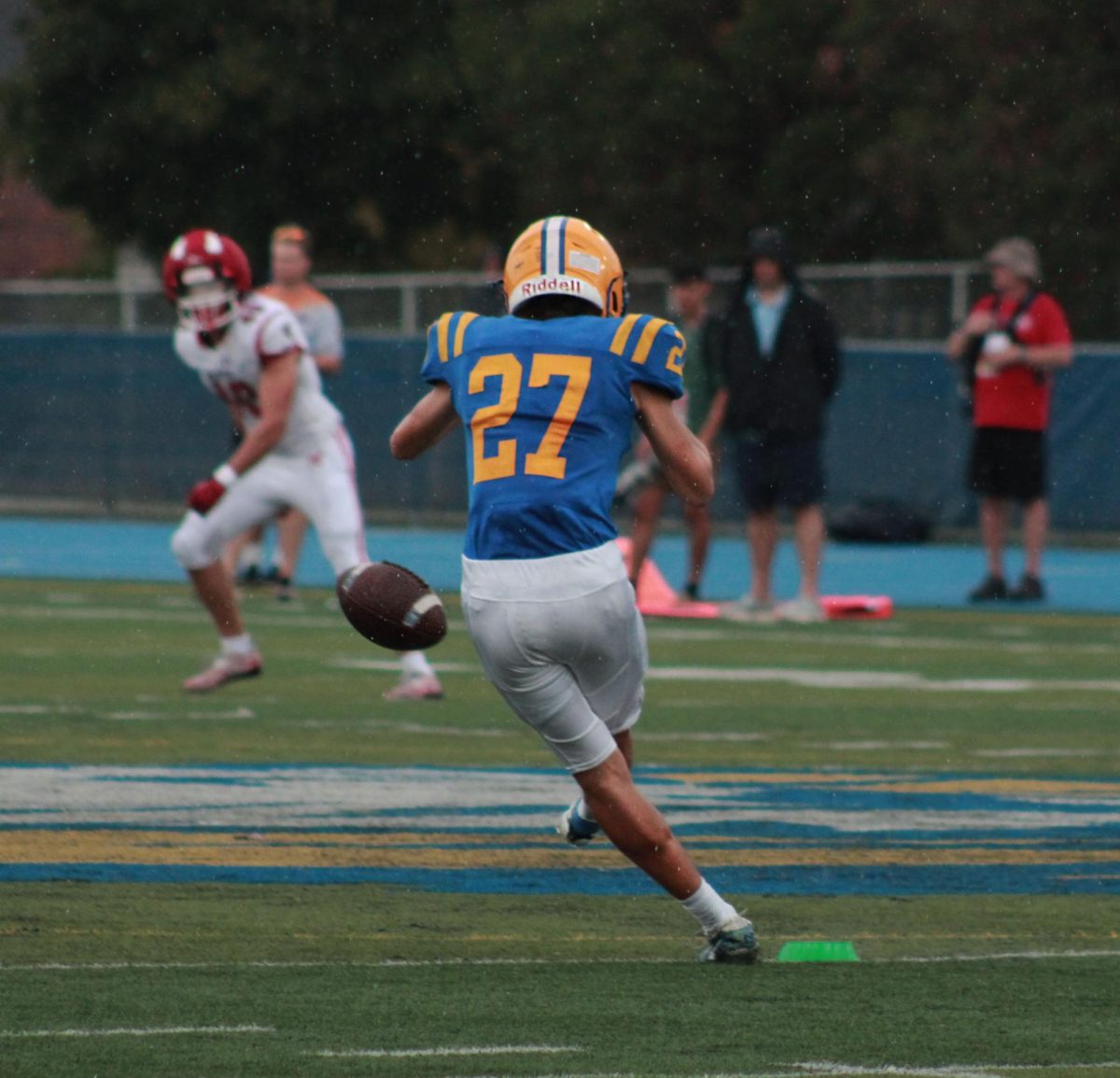
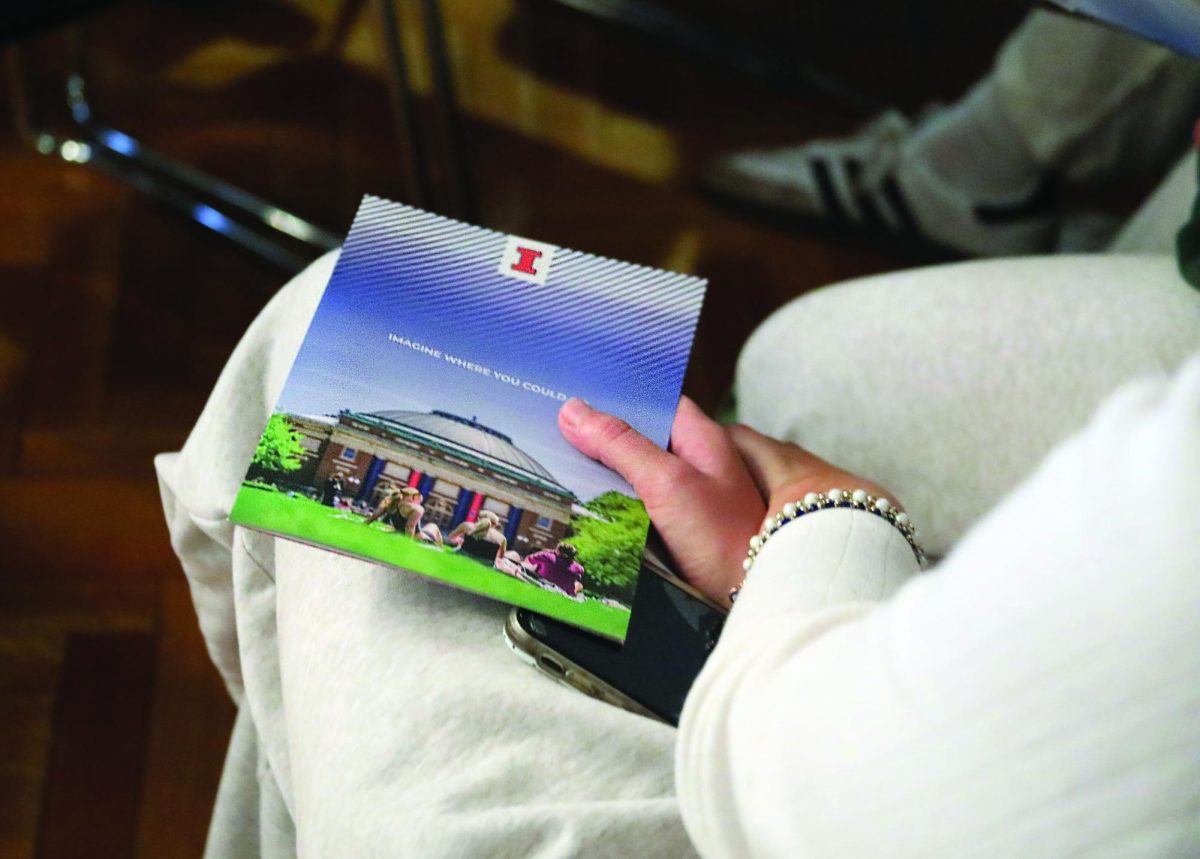
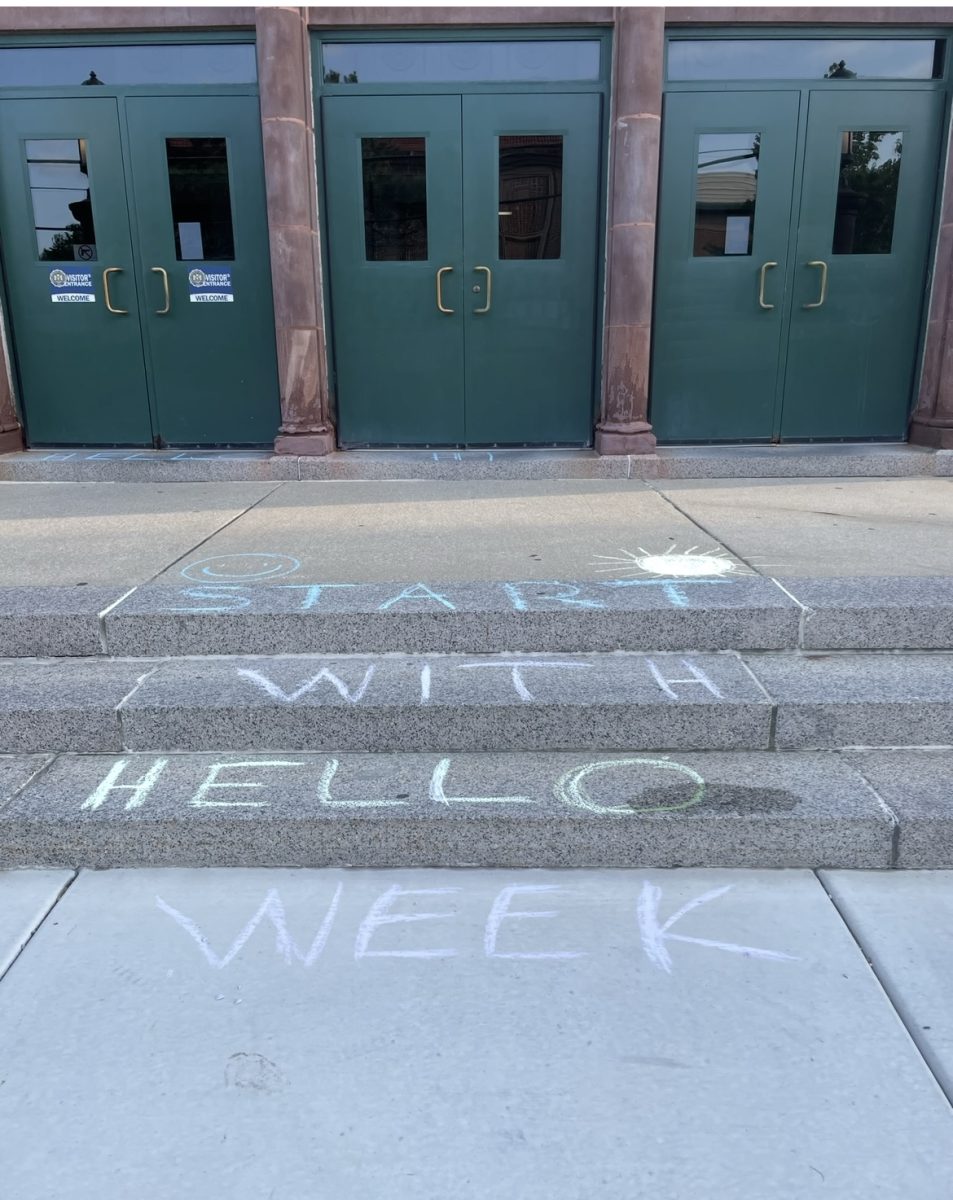



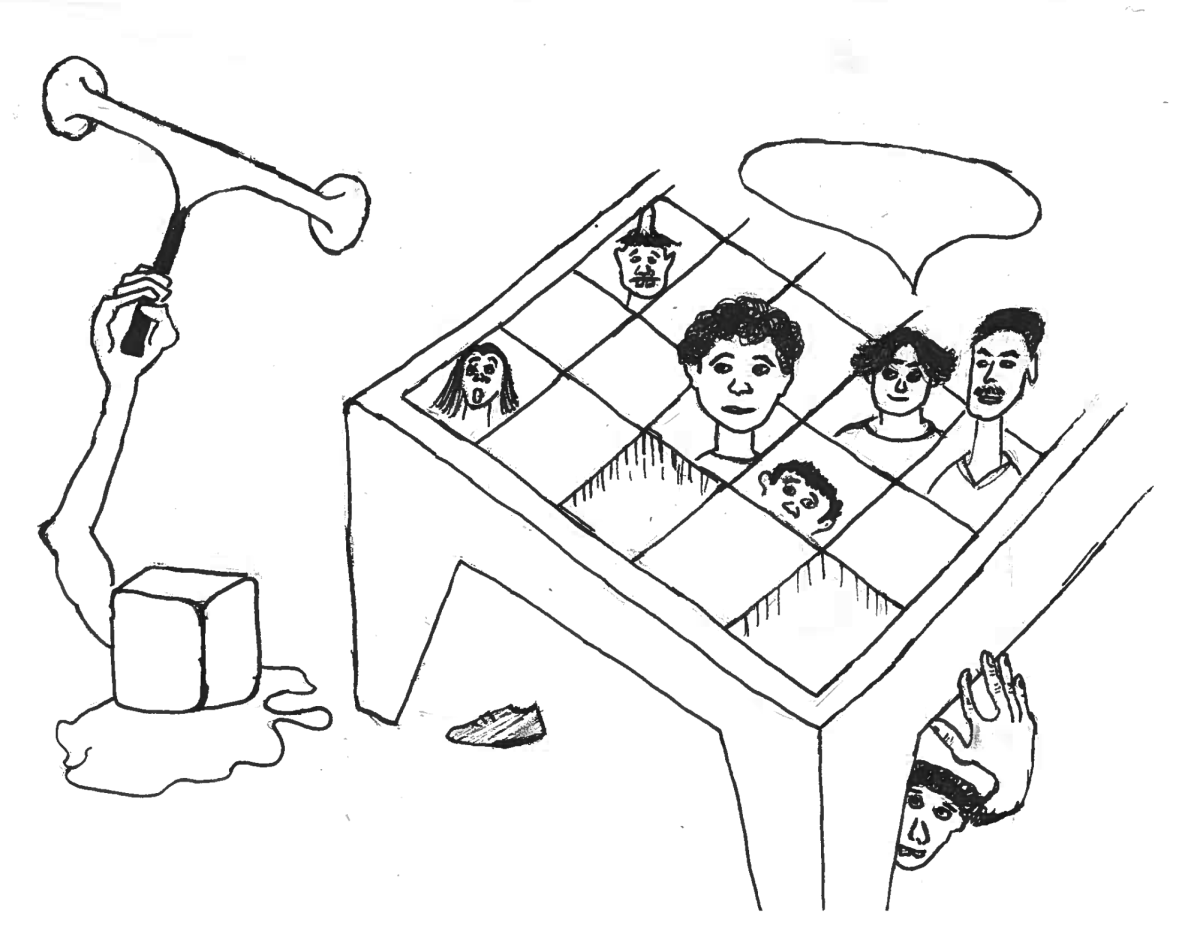
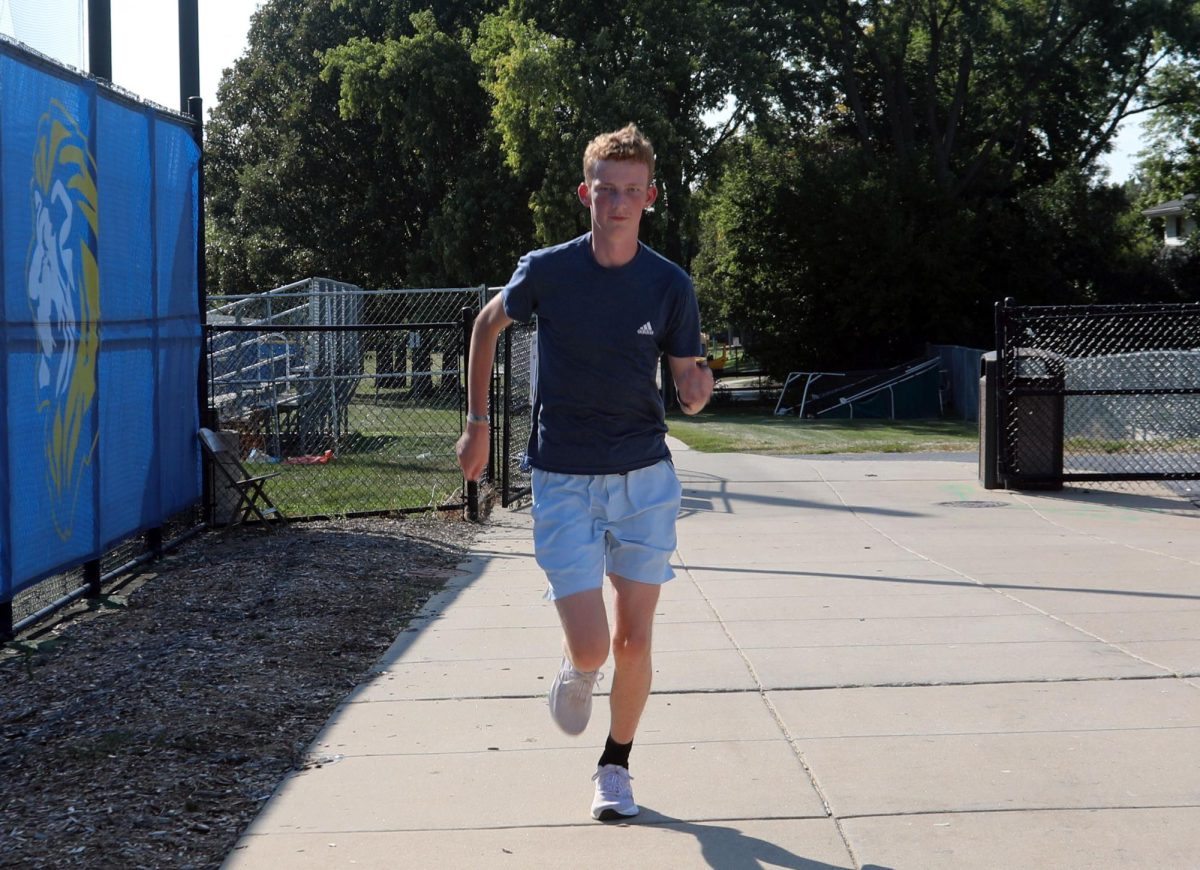






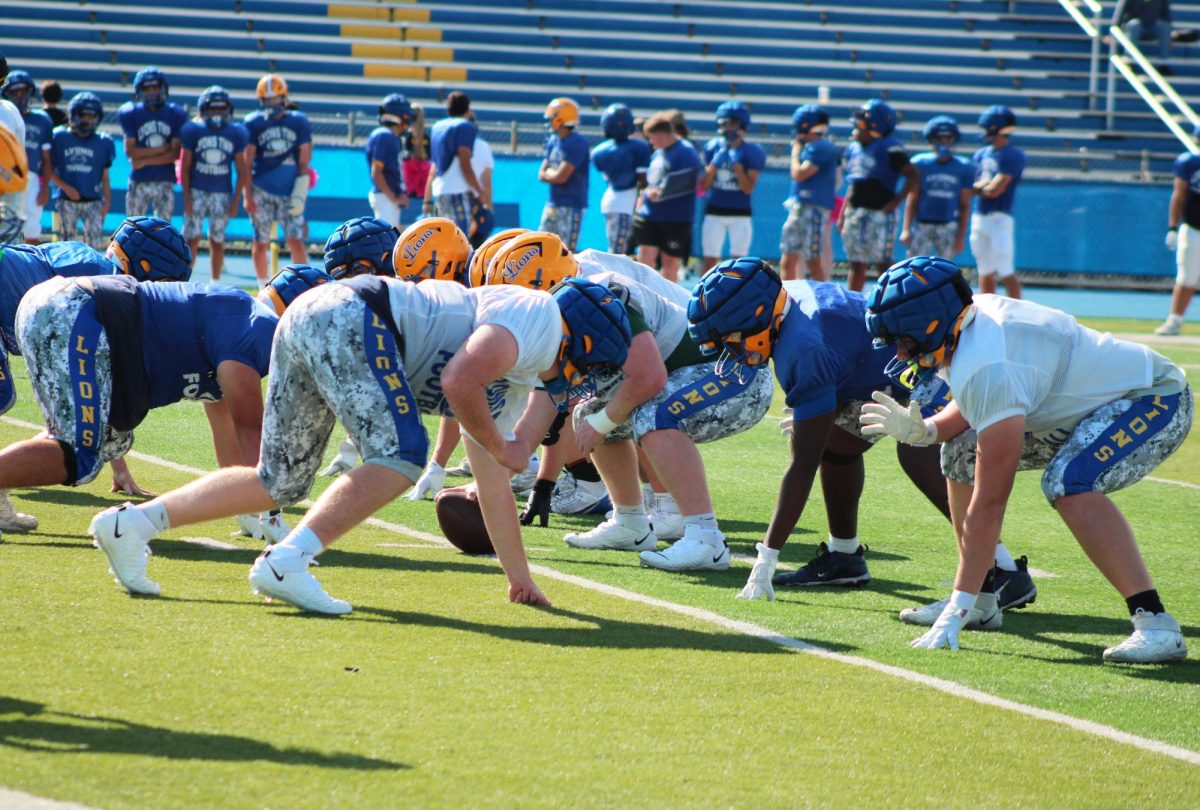

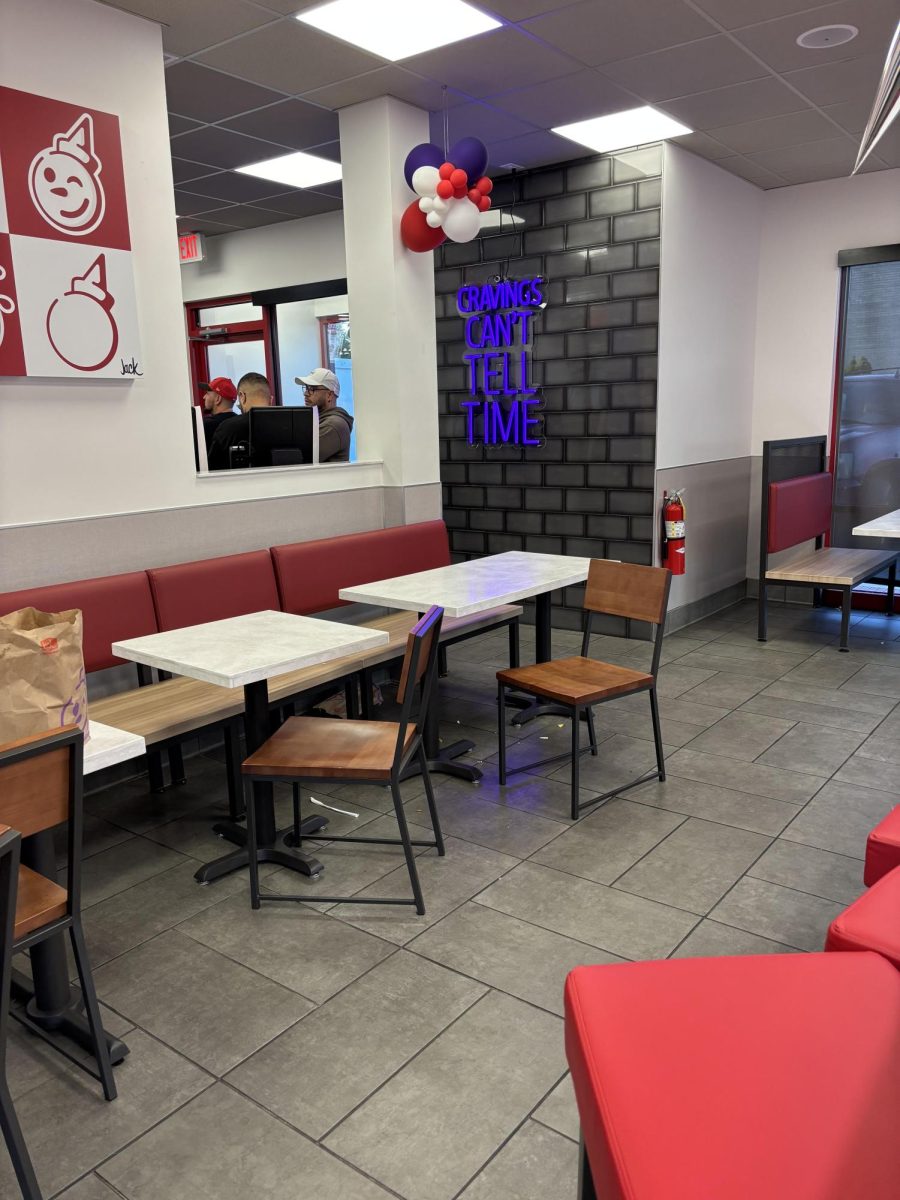


![Movie poster for '[Rec]" (2007).](https://www.lionnewspaper.com/wp-content/uploads/2023/04/rec-640x900.jpg)


